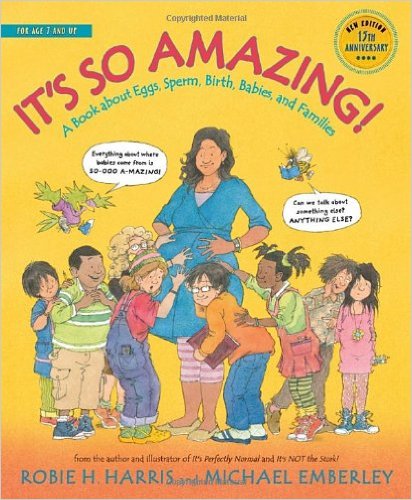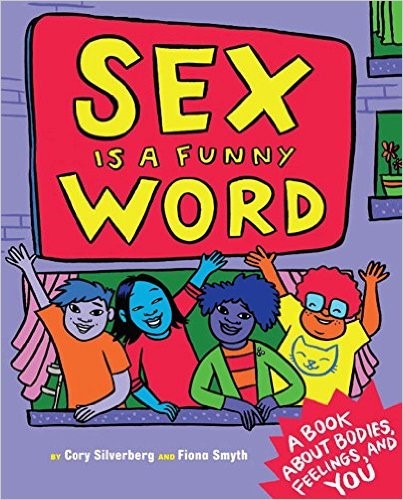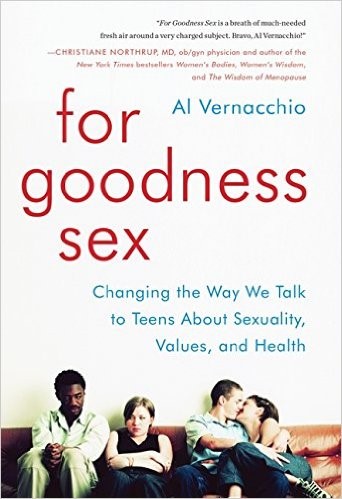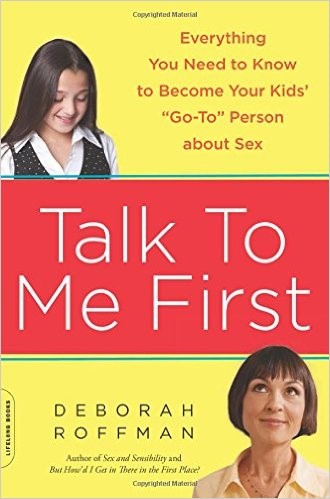Porn: Fact or Fiction?
Youth
Pornography—sometimes called porn—is any material that is designed to cause arousal or sexual feelings for the person reading or viewing it. Porn is very common online and generally includes pictures or videos of people who are naked and/or engaging in sexual acts. It is completely normal to be curious or feel sexually excited when looking at porn. However, keep in mind that porn is meant to be viewed by adults.
Sometimes when searching the internet, you may come across pornography. What’s most important to remember is that porn—just like many shows and movies—is pretend. Actors and the behaviors in porn are not realistic because porn often exaggerates what bodies and sex are like in real life. Don’t expect people’s bodies to look or behave in those ways in real life, including your own.
If you come across porn and have questions, it is always a good idea to talk to a parent or trusted adult.
FAQs
No, porn is just like a regular movie in the sense that is make believe. It is not like real life and isn’t a reflection of what sex should be in real life. Some people like to watch or look at sexual images in porn because they have questions about what sex is supposed to be like or the images get them sexually excited, and others don’t like to watch porn. Porn is produced for adults for fantasy and for sexual arousal, it’s not meant for younger people and might make you feel intimidated or confused.
Don’t worry if you have seen porn, it’s pretty widely available online but be careful not to use it as reliable form of information about sex, so it’s best to avoid it until you are older and have more realistic information about sex. Then you can make a better choice about whether watching porn is right for you or not.
Porn often shows unrealistic images including the size of genitals and breasts. What you should remember is that people come in different shapes and sizes, and that makes everyone special. Some people have larger penises or breasts and some have smaller penises or breasts. Some adults choose to remove their pubic hair and others don’t. It’s a matter of different bodies and different choices about what to do with those bodies. In real life there is a much wider variety of body types than the ones in porn so it’s important we don’t try to compare ourselves to what we see.
While some young people might think that watching porn may be a good idea to help them learn about sex, it is not a substitute for comprehensive sex education. Porn can mislead people into thinking that sex is something that it isn’t in real life. Remember porn is fiction. Young people are better prepared for sex later in life when they have good sex ed at home and in school.
Parents
There is no consensus among researchers about the impact of pornography on young people’s attitudes and relationships, but at some point, most young people will encounter, many by accident, sexually explicit images or pornography online. One way that adults can help prepare young people, if and when they do come across this content, is to talk with them. Acknowledge that there is content online that is not appropriate for them and speak openly with them if you find they have seen pornography.
If your child stumbles upon porn, it’s important to affirm that it’s not their fault, so that they don’t feel guilty about what they’ve seen. If your child has sought out this content, normalize the desire and curiosity around looking at porn. This can help minimize shame and secrecy.
It is also important to explain that porn is fiction and what they see in porn is not how sexual experiences are in real life. The body types they see in porn can be unrealistic, and some of the sexual behaviors are not common in many loving and respectful romantic relationships. Porn often contains examples of sexual relationships that lack intimacy or trust and fail to reflect what sex is like, and should be like, in real life. It is important to provide information to help children put what they have seen in context and to redirect them to information they can trust. Use this as an opportunity to educate them instead of disciplining them.
CONVERSATION STARTERS
If you start essential conversations about topics like pornography with your children, then they will know they can come to you with questions. The easiest way to start these conversations is to talk about issues as they come up in everyday life.
Here are some ways to start these conversations:
When speaking with your child about internet safety, talk about the fact that there are some things online that are inappropriate for children. Remind your child that if they come across anything that makes them uncomfortable or that they don’t understand, they can always come to you with questions. You can also use this as an opportunity to educate your child about what porn is and why it might not be a good idea for them to look at it, especially as an adolescent.
If you come across your child viewing porn, be sure not to shame or punish them. Some parents may decide that revoking the child’s computer privileges is fitting in these situations, but this may lead to your child being less likely to come to you in the future with questions about things they see or hear online, including bullying. You can use this as an opportunity to educate them about what porn is and why it might not be a good idea for them to look at it, especially as an adolescent.
Educators
Discussion Questions
- Did anything in this video surprise you?
- How has watching this video changed your ideas about porn?
- If you come across porn, how might you respond/react now that you have this information?



